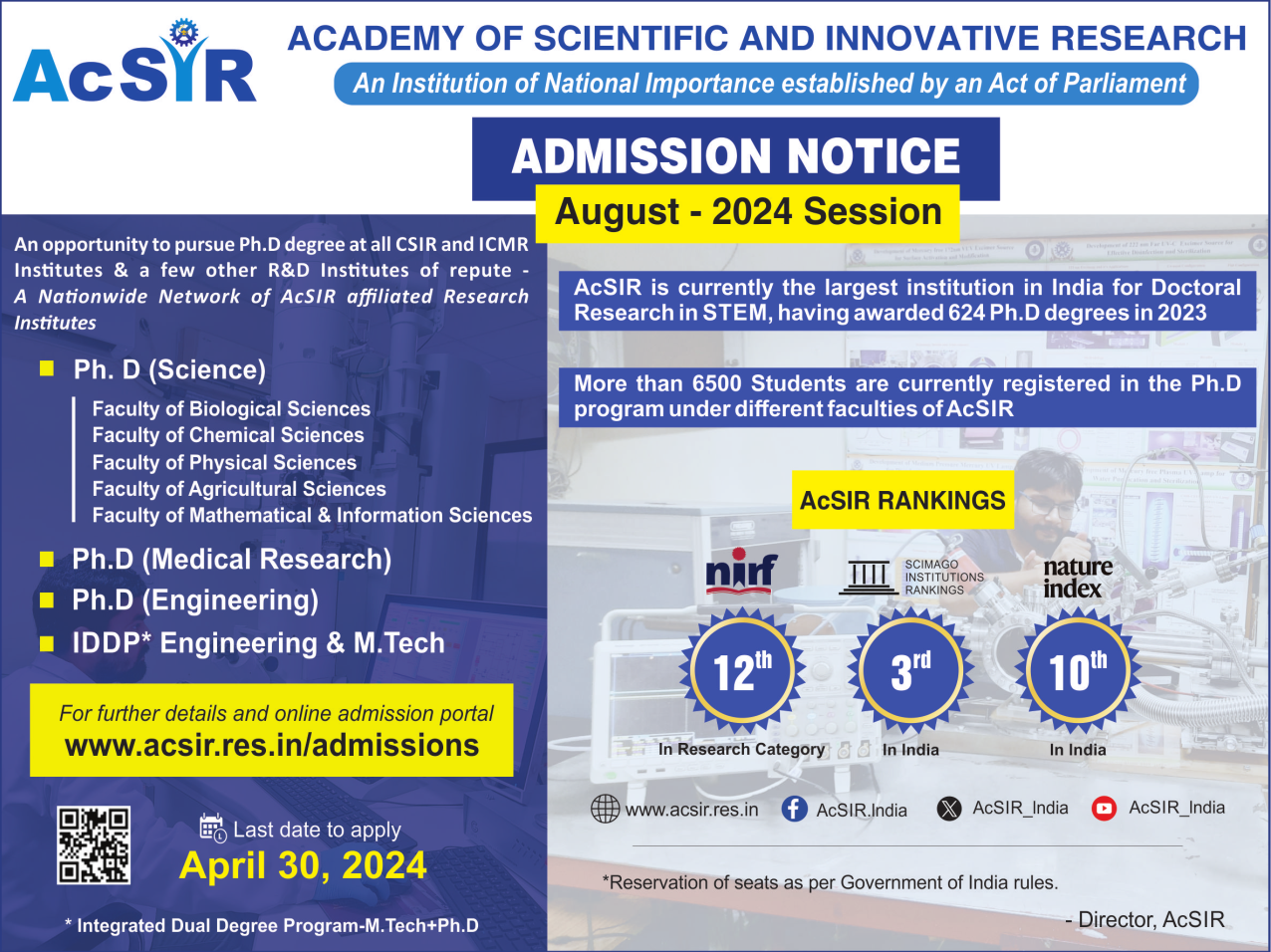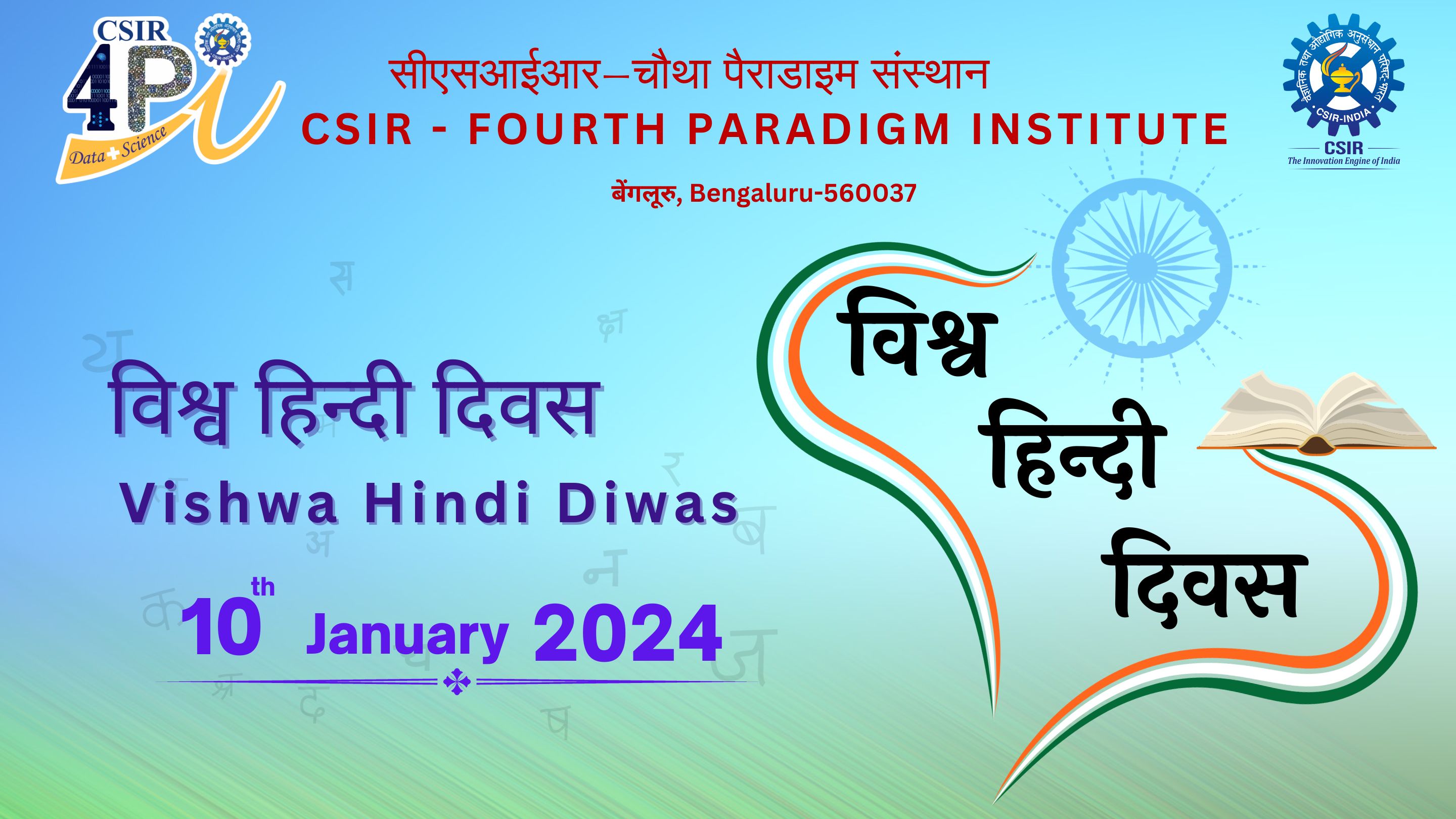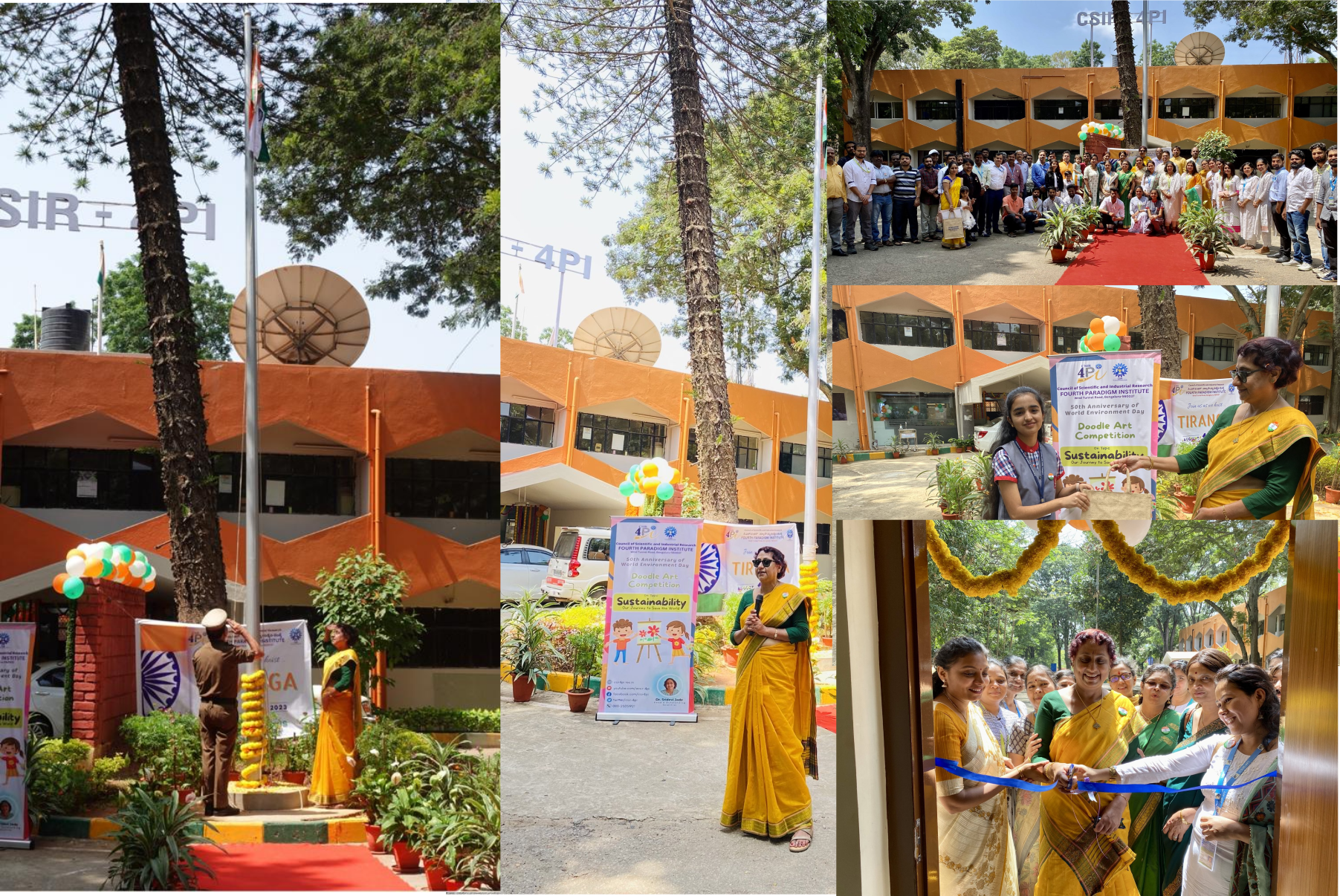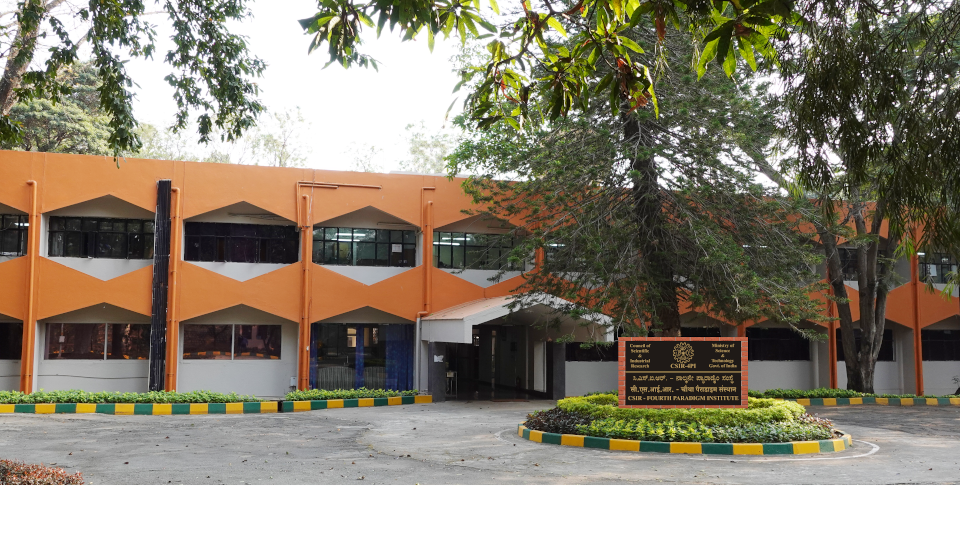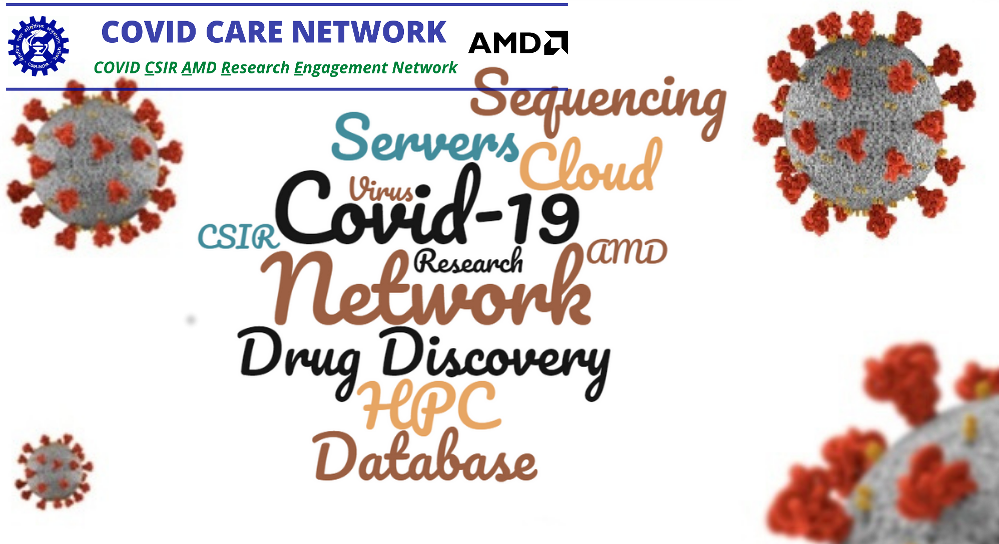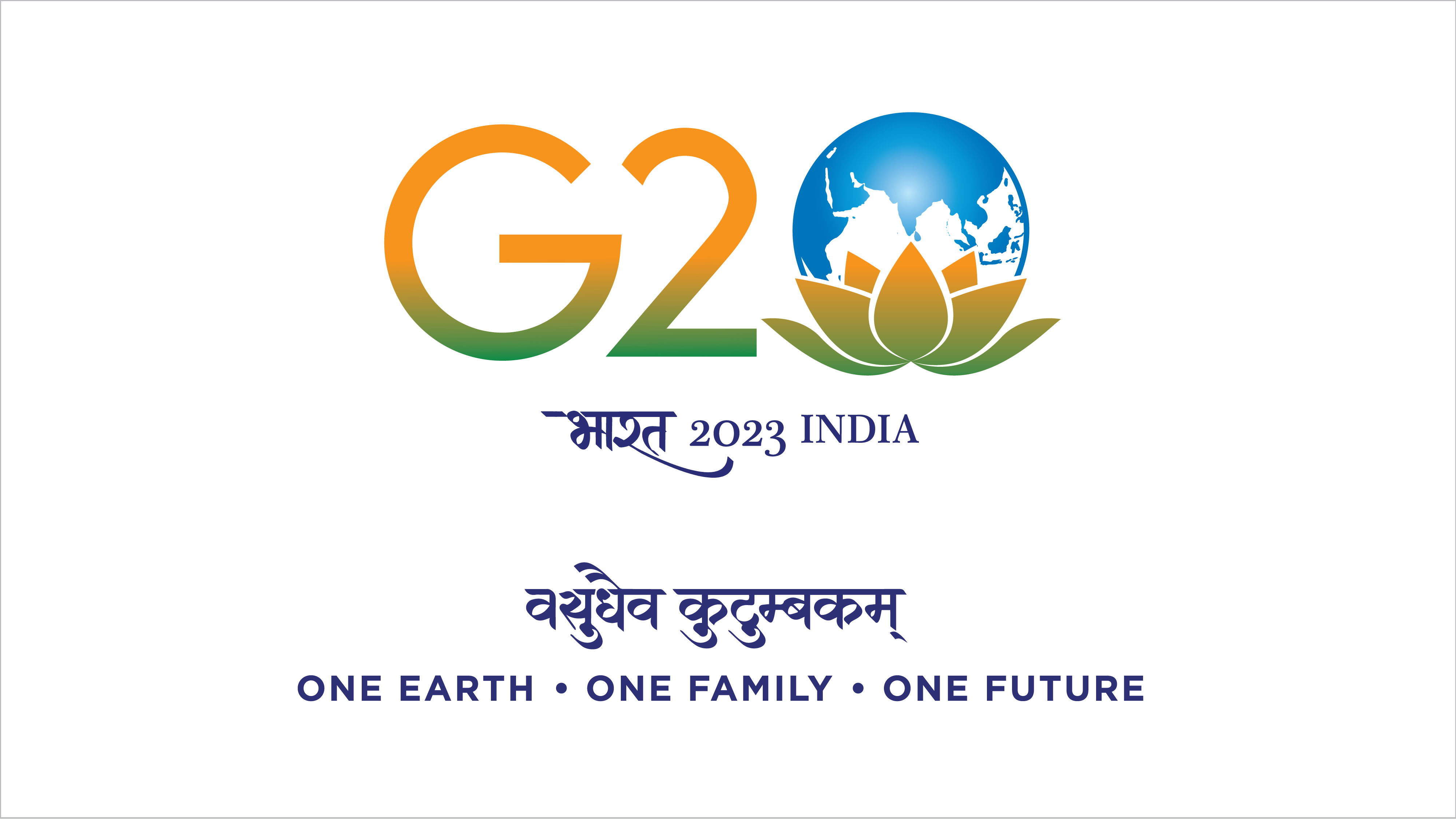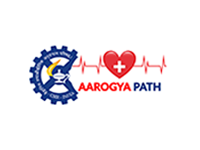by Ashish, Gokul Saha and Shyam S Rai
Summary
We investigate the 3-D shear velocity (Vs) structure of the crust beneath the Kumaon Garhwal Himalaya using joint inversion of interpolated receiver functions from 57 seismic stations, and Rayleigh wave group velocity dispersion data in the period 2 to 100 s with significantly improved horizontal resolution of about 25 km. The velocity image reveals several important features. In the shallow crust, the Main Himalayan Thrust (MHT) is characterised as a flat-ramp-flat structure, inferred from the presence of low Vs of 3.1–3.4 km/s representing wet sediments dragged along the MHT and lying above the crystalline Indian crust of Vs ∼ 3.6 km/s. The MHT is at a depth of about 8 km beneath the southern edge of the Himalaya, dipping at 3○ to the north. At the front of the High Himalaya, the dip increases significantly to about 35○–40○ representing the ramp and reaching a depth of 24 km. Farther north beneath the High Himalaya, the MHT continues as a nearly flat structure. The middle crust (20–30 km) has reduced Vs (3.3–3.5 km/s) below the northern part of the Lesser Himalaya, possibly due to the presence of fluid released by metamorphism of the subducting Indian crust along with the presence of mica produced as a consequence of deformation. The thickness of the crust is ∼50 km beneath the sub and Lesser Himalaya and increases abruptly in the front of the High Himalaya to 60 km and remains so till the southern part of Tethys Himalaya. The observed thick crust with lower seismic velocity (and rigidity) beneath the High Himalaya could be responsible for its high topography. We report almost 6–8 km thinning of the crust in the eastern segment of Garhwal Himalaya adjoining Nepal.



